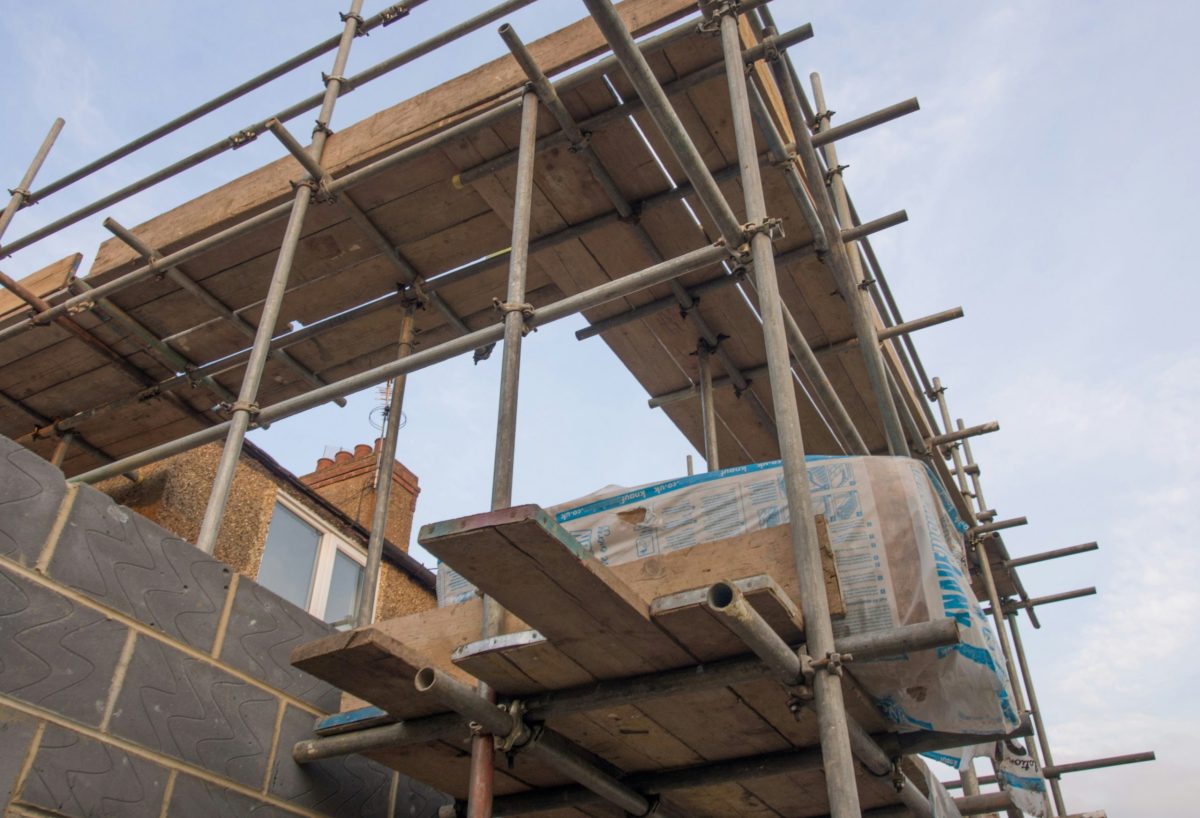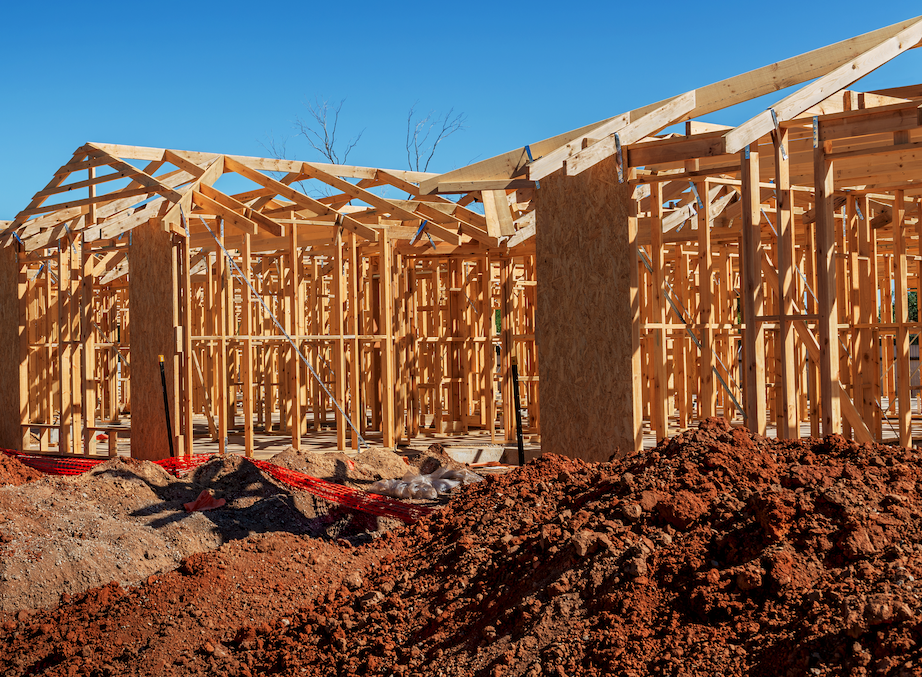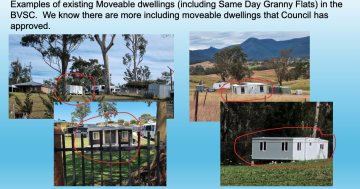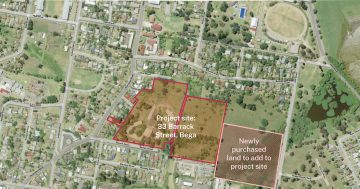
Bega Valley Shire Council is proposing a new policy to fund affordable housing in the shire. The draft policy is on public exhibition with feedback invited until 18 May. Photo: Bega Valley Shire Council.
Bega Valley Shire Council is proposing that developers and landowners pay a contribution to help fund affordable rental housing through the rezoning of land for residential development.
When land is rezoned for more housing, its value increases.
The draft Affordable Housing Contribution policy aims to capture a small amount of that increased land value and direct it towards supplying affordable housing.
If a landowner or developer wants land rezoned so it can support a larger number of land lots they must make a ‘reduced minimum lot size’ contribution of 2 per cent of the increase in the land’s value due to the land being able to support more lots.
There will be no contribution charge in the first year so that developers can prepare for the policy’s introduction. The contribution will progressively increase over six years, giving the market time to adjust and community housing providers (CHPs) time to prepare.
If developers want coastal land rezoned to allow higher buildings or bigger floor space ratios so that more dwellings can be built, they must make an ‘increased residential capacity’ contribution of 1 per cent of the resulting increase in the land’s value. There is no increased residential capacity contribution for inland properties.
Bega Valley Shire Councillor Simon Daly said the policy meant the community and the developer shared the windfall gain from the rezoning amid a housing crisis that risked losing essential workers, and rising homelessness.
Other shires have introduced similar policies to boost the supply of affordable housing without discouraging development.
The contribution can be made as land dedicated to affordable housing, completed dwellings, or the monetary equivalent for smaller developments and those that do not meet affordable housing criteria.
The policy intends to create opportunities for government and community housing providers to supply affordable housing for very low-, low- and moderate-income households so they can live in the communities where they work.

There is a housing crisis across Australia, including a shortage of affordable housing. Photo: File.
Generally, housing is considered affordable if it costs less than 30 per cent of a household’s gross income.
Affordable housing applies to a wider range of households than social housing which is government-subsidised, long-term rental housing for very low-income households.
To meet the criteria of affordable housing, it must be accessible to public transport, services, shops, and services.
Clr Daly said the draft policy was targeted. It would not apply to landowners who could subdivide their land without rezoning.
The draft policy only applies to planning proposals led by developers and landowners that amend the council’s Local Environmental Plan (2013) to increase the land’s residential capacity, such as changing the land use zone, increasing density through floor space ratios, building heights or minimum lot sizes, and inserting additional permitted use.
Contributions would vary with the size of the net development area, and whether the land was coastal or inland.
The draft policy gave the example of a planned proposal for luxury, beachfront apartments with coastal views. Because it would not constitute affordable housing, the developer’s contribution would be monetary rather than land or a completed dwelling.
If a coastal development was not located near public transport, shops, services, and facilities, it would not meet the definition of affordable housing. The contribution would again be monetary. If the development was inland, no contribution would be payable.

Bega Valley Shire Council is inviting feedback on its draft Affordable Housing Contribution policy. Photo: BVSC.
Monetary contributions would be used in conjunction with CHPs or Homes NSW.
Roz Hansen, a regional and urban planner with more than 40 years’ experience, said the monetary contributions were collected at a point in time and once in a trust account, did not increase with the value of land or cost of development. “It is like a dog running after its tail,” Ms Hansen said.
She said because it was a policy rather than a scheme, it was not mandatory and could be negotiated.
Ms Hansen’s preference is for inclusionary zoning where it is mandated that a percentage of new residential development is affordable housing. In New York City the percentage is 30 per cent, she said.
Clr Daly said there was no one panacea but every measure the council took would help.
“It is vital to understand that the council agreed to the development of this policy in 2024; it has been drafted by industry-leading experts, is tried and tested, and can be used to improve housing affordability.”
Contributions of housing would be ‘gifted’ to the council’s nominated CHP, with priority given to not-for-profits. They would be managed as affordable housing for perpetuity or until replaced by affordable housing in the same town.
The draft policy is open for public feedback until 18 May. People are encouraged to learn more and share their thoughts on council’s Have Your Say webpage.
















